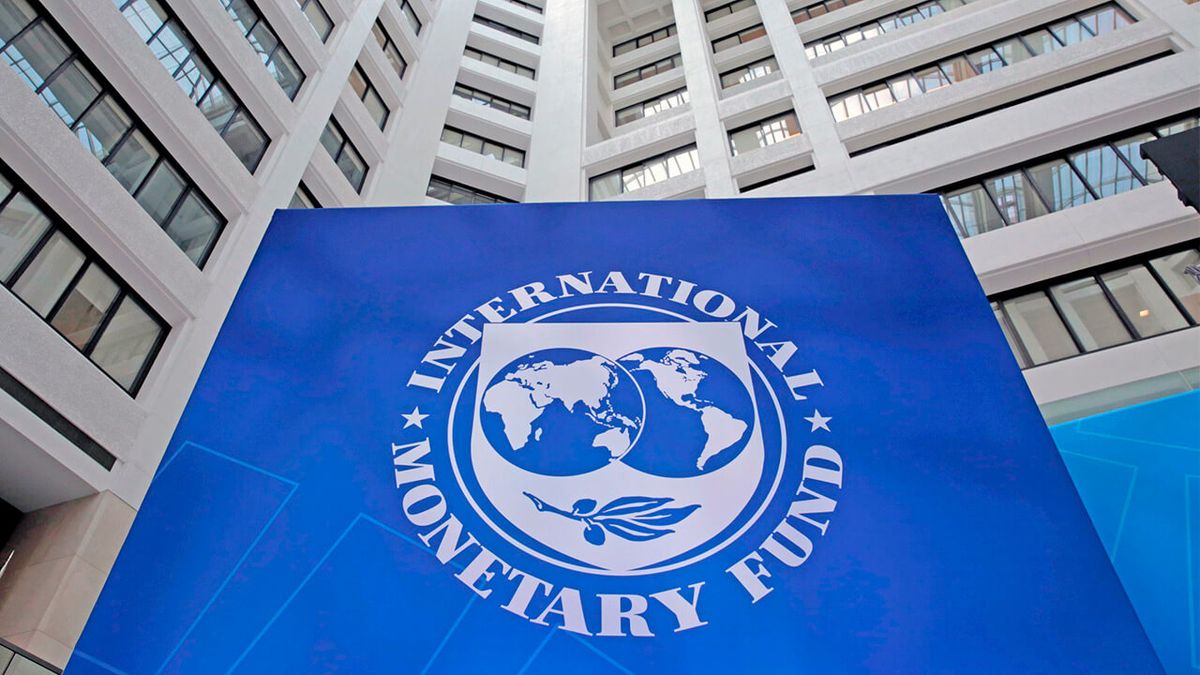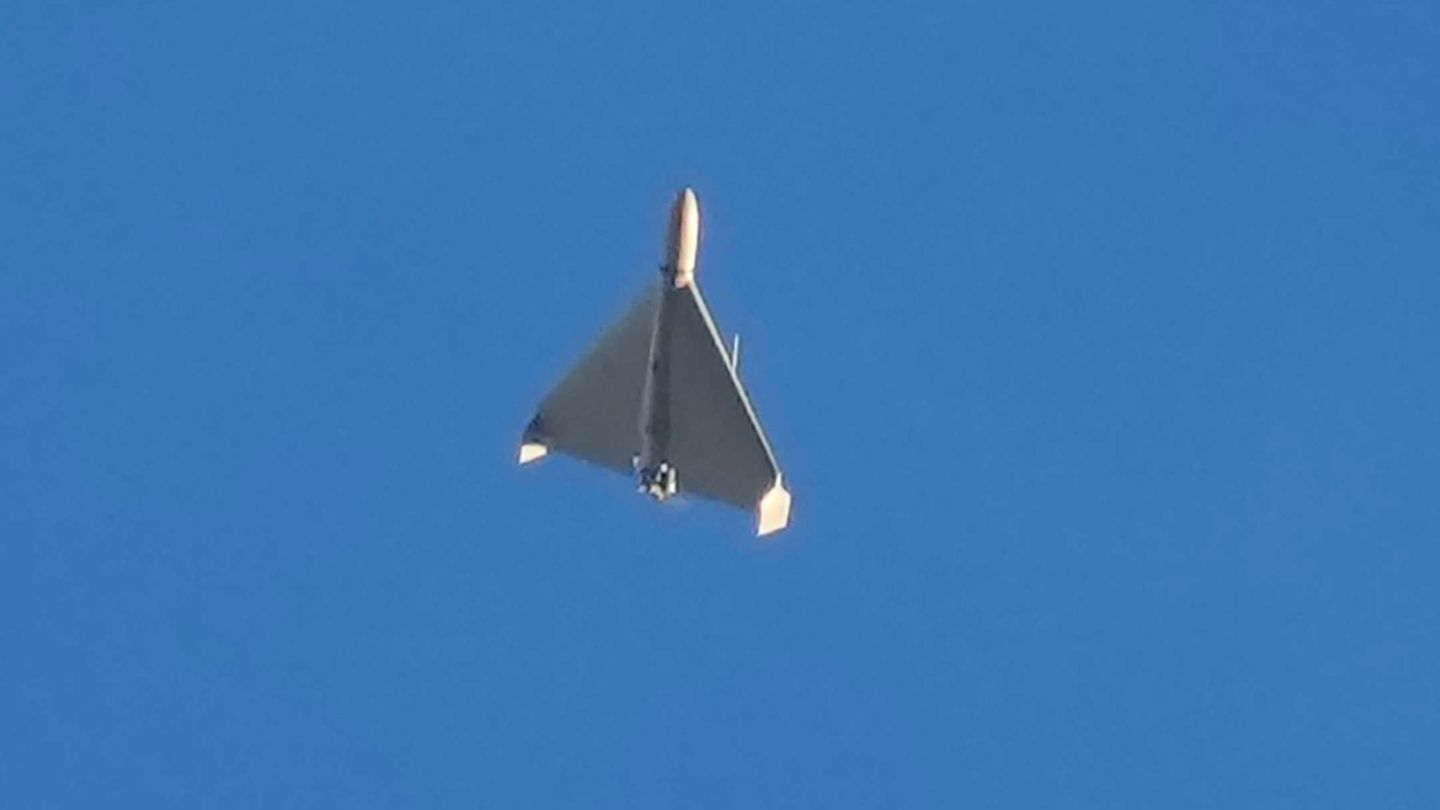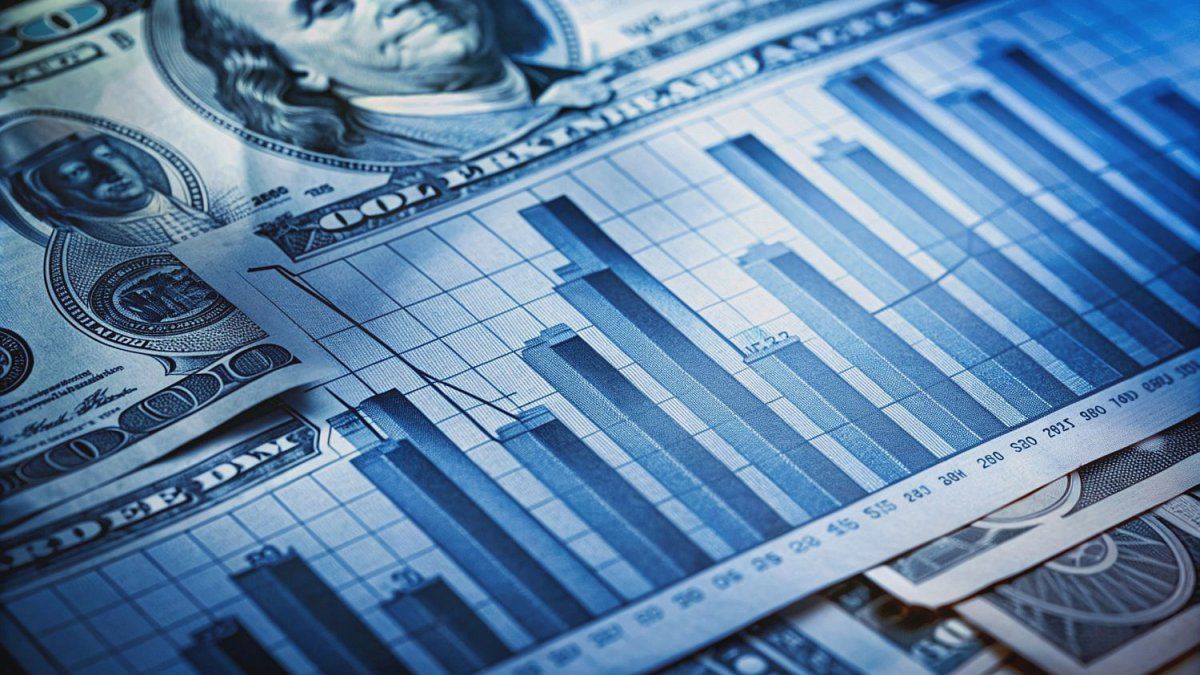“The RST would be financed by richer nations channeling their IMF reserves, known as Special Drawing Rights (SDRs), to poorer ones, with the first cases to be considered by the end of the year. The RST is likely to start with resources of around $30 billion, rising to around $50 billion in the medium term. “, explained the official.
The institution said that access to funds will be determined on a case-by-case basis, depending on the strength of the reforms and the sustainability of its debt. The maximum amount would come from the lesser value between 150% of the participation quota that the country has in the IMF and the equivalent of US$1,000 million.
In this sense, it is worth noting that Argentina could receive up to approximately US$1.37 billion (equivalent to US$1,000 SDRs), since this figure is less than the US$6,553 million that would result from calculating 150% of the country’s participation in the Fund.
Nations would also have to be participating in a traditional IMF financial or non-financial programwhich makes the trust a complement rather than a substitute.
Since the trust would aim to address longer-term risks to a nation’s balance of payments, countries would have 20 years to repay loanslonger than with other IMF loans, and they would only begin to repay the capital after 10 years.
“Approximately three-quarters of IMF member countries will be eligible, including low-income and developing countries; middle-income territories with GDP per capita of less than about $12,000 per year; and small states with a GDP per capita less than $30,000,” Thakoor said.
Source: Ambito
David William is a talented author who has made a name for himself in the world of writing. He is a professional author who writes on a wide range of topics, from general interest to opinion news. David is currently working as a writer at 24 hours worlds where he brings his unique perspective and in-depth research to his articles, making them both informative and engaging.




